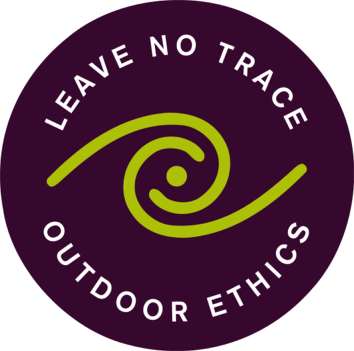General Hours of Operation
Monday - Friday from 9 a.m. to 4:30 p.m.
Saturdays 10:00 a.m.-4:00 p.m.
The cave is not open to the public.
Welcome to the Missouri Institute of Natural Science museum
museum is run by volunteers so please call ahead to make sure are open.
Admission is free
Phone: 417-883-0594
Fossils
Fossils are the preserved remains or traces of animals, plants, and other organisms from the remote past. The totality of fossils, both discovered and undiscovered, and their placement in fossiliferous (fossil-containing) rock formations and sedimentary layers (strata) is known as the fossil record.
Fossils range in age from the youngest at the start of the Holocene Epoch to the oldest from the Archaean Eon, up to 3.48 billion years old. The observation that certain fossils were associated with certain rock strata led early geologists to recognize a geological timescale in the 19th century. The development of radiometric dating techniques in the early 20th century allowed geologists to determine the numerical or "absolute" age of the various strata and thereby the included fossils.
Different kinds of fossils
Ammonite

Fish

Trilobite

Plants

millipede

How did it become a fossil and last this long?
This list is not exclusive
Permineralization is a process of fossilization that occurs when an organism is buried. For permineralization to occur, the organism must become covered by sediment soon after death or soon after the initial decay process. The degree to which the remains are decayed when covered determines the later details of the fossil. Some fossils consist only of skeletal remains or teeth; other fossils contain traces of skin, feathers or even soft tissues. This is a form of diagenesis.
Casts and molds
In some cases the original remains of the organism completely dissolve or are otherwise destroyed. The remaining organism-shaped hole in the rock is called an external mold. If this hole is later filled with other minerals, it is a cast. An endocast or internal mold is formed when sediments or minerals fill the internal cavity of an organism, such as the inside of a bivalve or snail or the hollow of a skull.
Replacement and recrystallization
Replacement occurs when the shell, bone or other tissue is replaced with another mineral. In some cases mineral replacement of the original shell occurs so gradually and at such fine scales that microstructural features are preserved despite the total loss of original material. A shell is said to be recrystallized when the original skeletal compounds are still present but in a different crystal form, as from aragonite to calcite.
Adpression (compression-impression)
Compression fossils, such as those of fossil ferns, are the result of chemical reduction of the complex organic molecules composing the organism's tissues. In this case the fossil consists of original material, albeit in a geochemically altered state. This chemical change is an expression of diagenesis. Often what remains is a carbonaceous film known as a phytoleim, in which case the fossil is known as a compression. Often, however, the phytoleim is lost and all that remains is an impression of the organism in the rock—an impression fossil. In many cases, however, compressions and impressions occur together. For instance, when the rock is broken open, the phytoleim will often be attached to one part (compression), whereas the counterpart will just be an impression. For this reason, one term covers the two modes of preservation: adpression.
Estimating dates
Paleontology seeks to map out how life evolved across geologic time. A substantial hurdle is the difficulty of working out fossil ages. Beds that preserve fossils typically lack the radioactive elements needed for radiometric dating. This technique is our only means of giving rocks greater than about 50 million years old an absolute age, and can be accurate to within 0.5% or better. Although radiometric dating requires careful laboratory work, its basic principle is simple: the rates at which various radioactive elements decay are known, and so the ratio of the radioactive element to its decay products shows how long ago the radioactive element was incorporated into the rock. Radioactive elements are common only in rocks with a volcanic origin, and so the only fossil-bearing rocks that can be dated radiometrically are volcanic ash layers.

Index
Index fossils (also known as guide fossils, indicator fossils or zone fossils) are fossils used to define and identify geologic periods (or faunal stages). They work on the premise that, although different sediments may look different depending on the conditions under which they were deposited, they may include the remains of the same species of fossil. The shorter the species' time range, the more precisely different sediments can be correlated, and so rapidly evolving species' fossils are particularly valuable. The best index fossils are common, easy-to-identify at species level and have a broad distribution—otherwise the likelihood of finding and recognizing one in the two sediments is poor

**Logging requirements**
DO NOT POST ANSWERS IN YOUR LOG.
Send the following answers to me via message.
- Find the sign on the display case titled "Mississippian Period" look at the fossils in the case. Not all the fossils in the case are from that period of time. Find a cool looking fossil and tell me the name, the period it came from and where it was found on earth. Everything is listed on the cards next to the fossil.
| I have earned GSA's highest level: |
   |